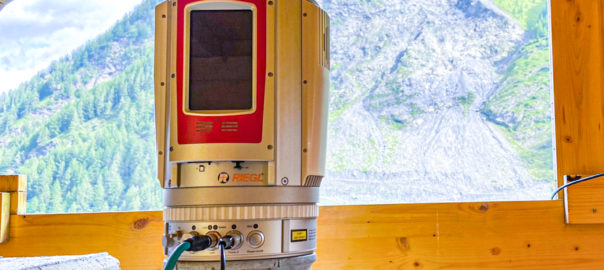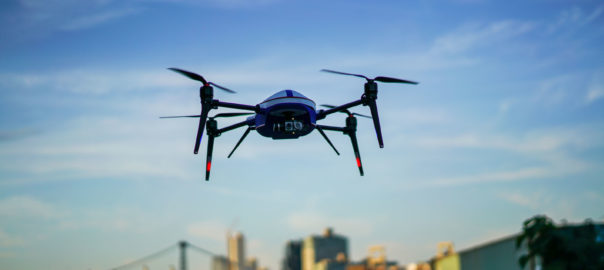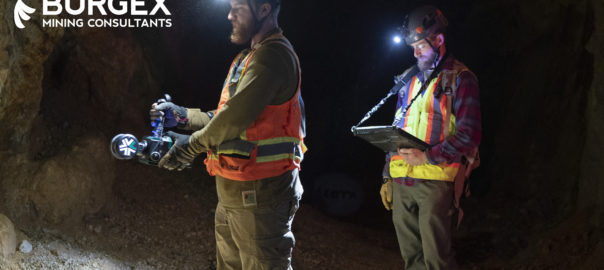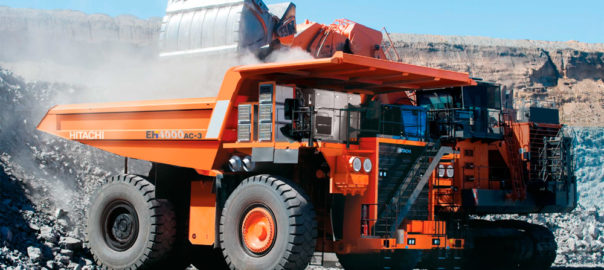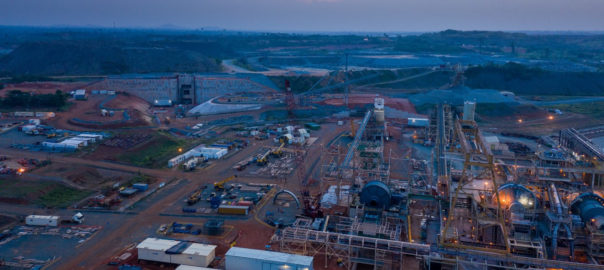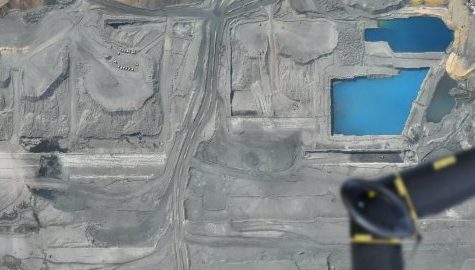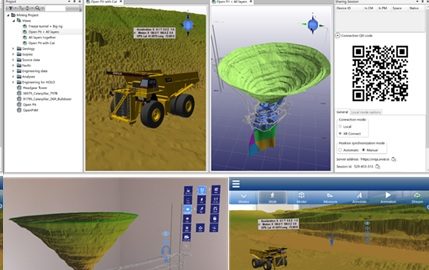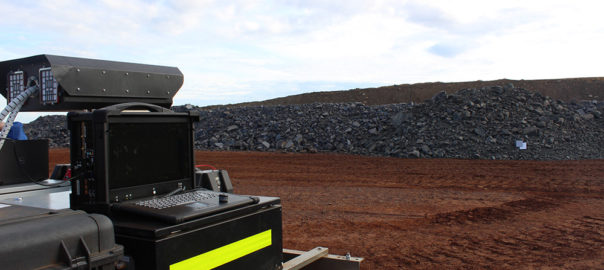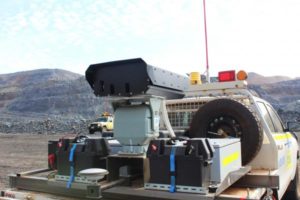In a joint development between RIEGL and DMT, the RIEGL VZ-400i and VZ-2000i 3D terrestrial laser scanners are now being integrated into the DMT SAFEGUARD monitoring platform to, RIEGL says, offer innovative and tailored monitoring solutions for the mining and infrastructure industries.
The open architecture of the RIEGL VZ-400i and the RIEGL VZ-2000i 3D Terrestrial Laser Scanner allows customisation of the scanner for complex data acquisition and processing tasks by means of Python scripts and Python-based apps. RIEGL’s Online-Waveform-Processing technology ensures high quality data, while 24/7 fully remote operation is proven, it says. Laser scan data is processed by integrated apps in real time on the scanner, with final results visualised via a web viewer tool.
With DMT SAFEGUARD a precise integration of RIEGL’s VZ-i Series scanners into a web-based platform is available, according to RIEGL. The individual customisation options allow additional sensors to be integrated directly on site, or external data sources integrated as well. GIS functionalities allow the integration of maps in order to display the most important data, with real-time documentation options, document management, an automated real-time assistance system and sophisticated reporting completing the service.
The new system provides real-time, exhaustive geospatial information and all decision-relevant parameters such as deformation values are available on demand from anywhere on the globe, RIEGL concluded.







